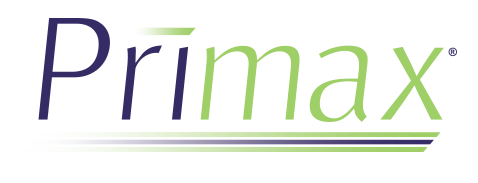By: Wendy Elieff, SVP Client Service and Marketing, TriVerity and The Loan Service Center
The U.S. Department of Education’s COVID-19 relief for student loan payments ended this month. Interest on student loans resumed at the beginning of September, and payments will be due starting in October. We have already seen an increase in delinquencies at the start of 2023, and without further debt relief, we will likely see another uptick when student loan payments resume. Both financial institutions and borrowers must plan and prepare for the resumption of student loan payments to avoid late payments and delinquency.
The first step towards preventing delinquent accounts is educating your staff, so that they can, in turn, help educate borrowers. Your staff should know all available options before and after accounts go delinquent, with an emphasis on actions to take before repayment begins to avoid delinquency. Encouraging your employees to connect with customers who are about to start paying back their student loans is crucial – these conversations will allow borrowers to discuss their accounts and devise a plan to ensure timely payments. Providing resources ahead of time and urging proactivity instead of reactivity could save borrowers money by avoiding late fees and preventing delinquency.
Here are some actions your staff can take to prepare for the return of student loan repayments in October:
- Confirm access to student loan portals/accounts. It has been several years since payments were required, so ensuring borrowers can still access their account information is the first step in preparing for repayment. By accessing their account, borrowers will be able to see their current balance, interest rate and what the payments will look like in October. This is a great spot to encourage setting up bank information and automatic payments, if available.
- Determine if modifications are necessary for a student loan. When borrowers begin making payments on student loans, they can choose different repayment plans – for example, if they want their loan payments to increase over a certain period (e.g., by 1% each year). It may be beneficial to consider making changes such as deactivating the loan increase, if possible, or switching to an income-driven repayment plan.
- Consider refinancing or consolidation options. Refinancing or consolidating loans may help reduce overall payments by combining several loans into one. Having only one payment can help prevent late fees and delinquency. In addition, consolidating will be a reminder of the amount borrowers will have to pay each month.
- Re-evaluate budgets. Borrowers need to sit down ahead of time to re-evaluate their budget with the student loan payments back in place. Encourage practicing with a different spending limit before repayment on student loans resumes. Not only will this help to save money ahead of time, but it will also give a nice cushion to help maintain financial comfort when repayment begins.
- Stay informed on President Biden’s plans for debt forgiveness. While President Biden’s initial student loan relief plan was invalidated by the Supreme Court, the Biden-Harris Administration is still pursuing different options for debt forgiveness, though it will take some time to get there. Urge borrowers to stay up to date on these plans and to act if they fall under circumstances that could forgive some of their debts.
There are plenty of avenues to explore with your borrowers, but it’s most important to act now – before repayment begins. Have your staff start reviewing accounts, making phone calls and educating accountholders before the repayment begins in October. Once repayment begins, be prepared for a possible influx of customer support calls from borrowers looking for assistance.
Borrowers need to know what they can do now and what will happen if they do not make payments on their loans. After 270 days without payments, a loan goes into default. Once in default, the entire loan, including interest, could be due immediately without options of deferment or forbearance. This will affect credit scores and result in a loss of access to additional student aid. Additionally, the government will have access to garnish tax refunds, up to 15% of paychecks and part of a borrower’s Social Security benefits as well.
Emphasize these negatives to reinforce the positives of advance preparation. Although we hope most borrowers will take the initiative to prepare to resume their student loan payments ahead of time, many will not – and some may not even know how to responsibly manage their finances. Your financial institution can be proactive and lean into growing positive relationships with your customers by looking out for their financial health and well-being. Hopefully, by doing more preparation now, borrowers will be able to avoid defaulting on their loans and financial institutions will have fewer delinquent accounts to deal with in the coming months and year.
Wendy Elieff has over 23 years of experience in the financial services industry. Wendy oversees the success of the client service and marketing teams at TriVerity, where she is responsible for developing, implementing and monitoring cohesive marketing strategies to increase brand awareness. She is also responsible for building and maintaining client relationships by staying abreast of and responding to changes in the marketplace.




